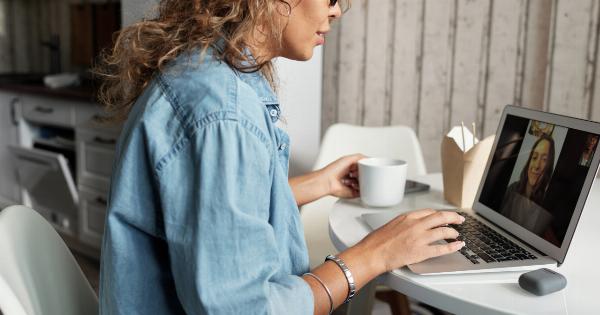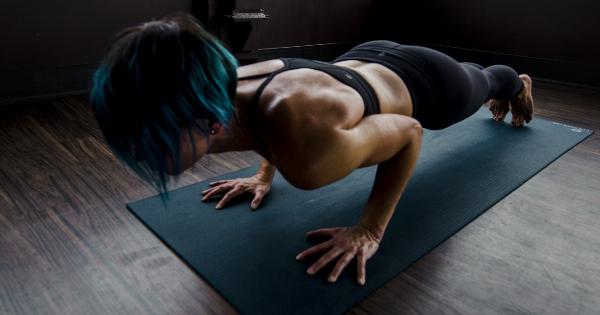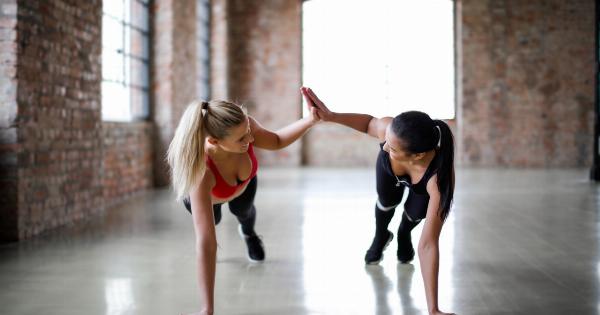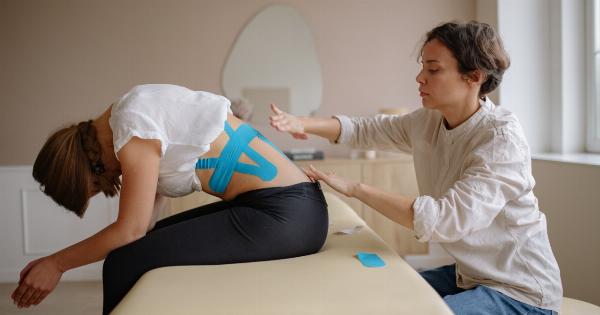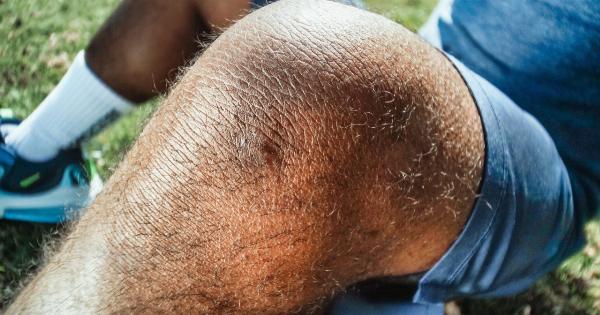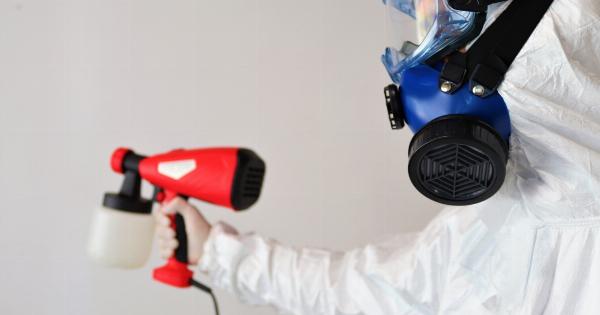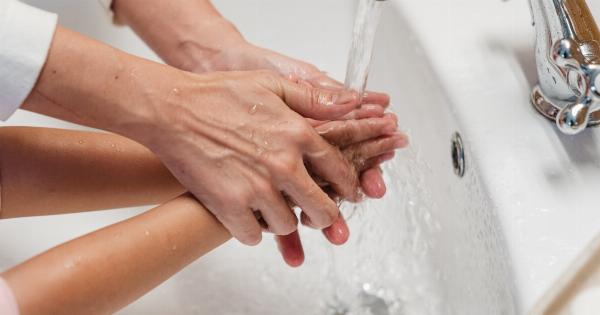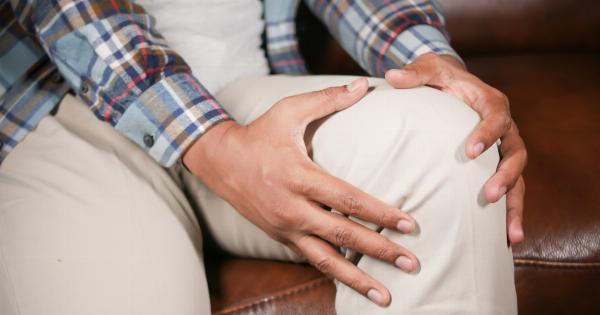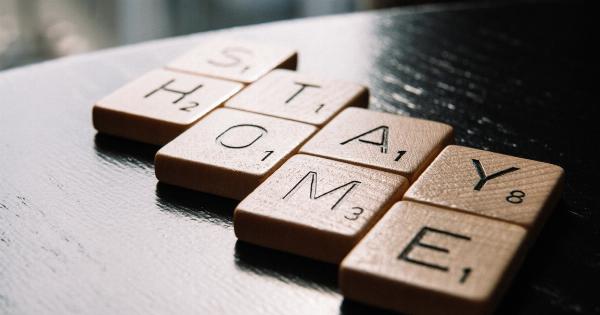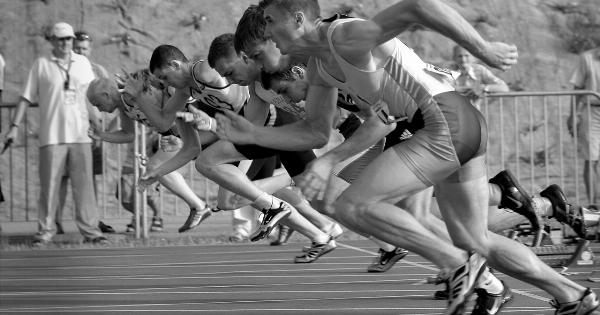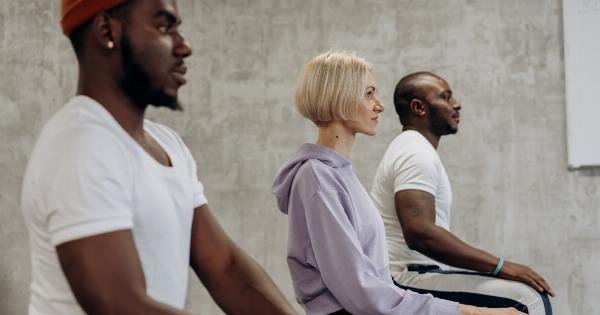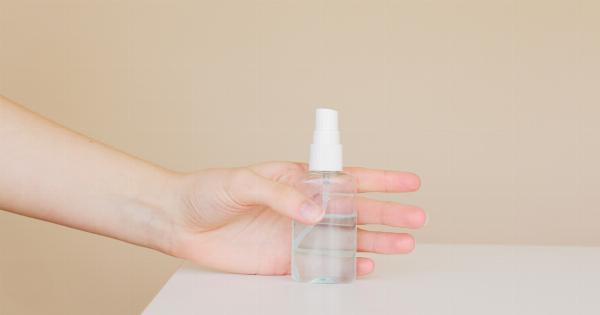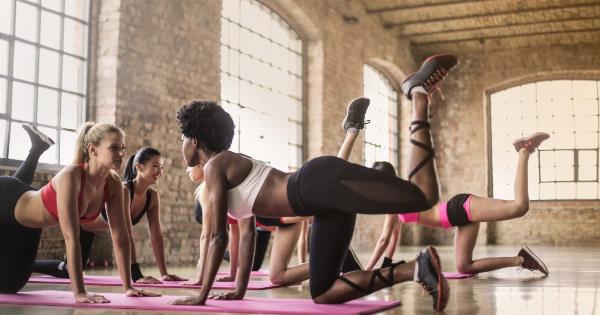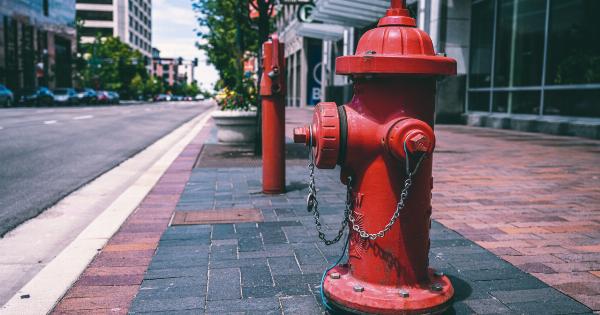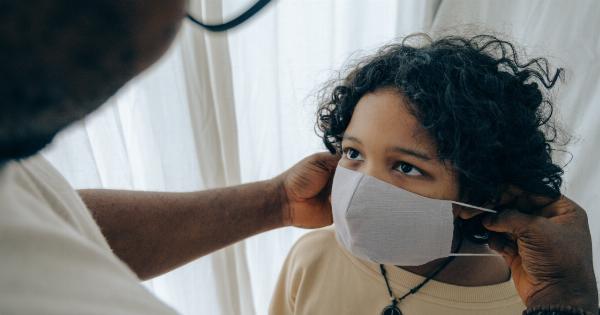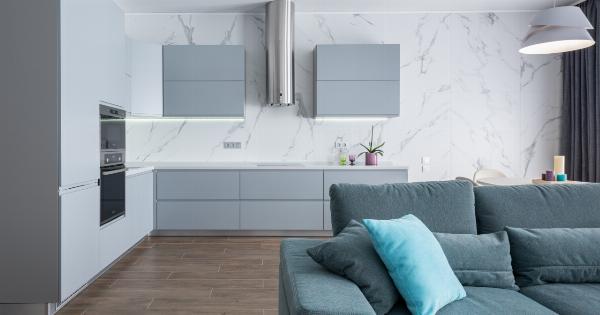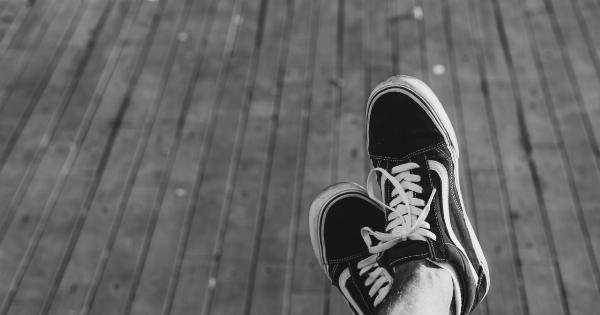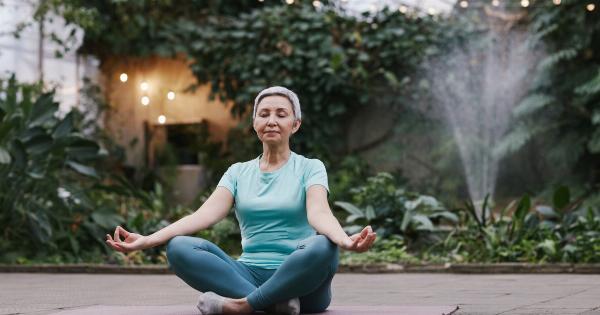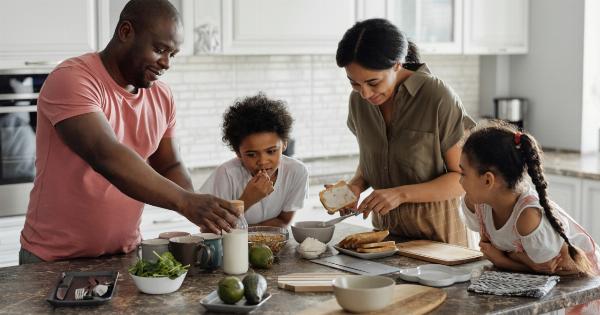Home is where we feel most comfortable and safe, but it can still be a place where accidents and injuries happen. According to the National Safety Council, home-related accidents account for over 18,000 deaths annually in the United States alone.
There are many precautions you can take to prevent injuries at home, and in this article, we will discuss some of the most important ones.
Kitchen Safety
The kitchen is one of the most dangerous rooms in the house. There are many hazards that can lead to injuries, from hot surfaces to sharp knives. Here are some tips to prevent accidents in the kitchen:.
- Make sure that all appliances are in good working condition and have safety features. For example, your stove should have a mechanism to prevent gas leaks, and your toaster should have automatic shut-off.
- Keep knives and other sharp objects in a designated drawer or block, and always handle them with care.
- When cooking, use oven mitts or potholders to avoid burns. Never leave hot surfaces unattended, especially if you have children or pets in the house.
- Keep the kitchen floor clean and dry to avoid slips and falls. If you spill something, clean it up immediately.
- Store cleaning products and other chemicals in a locked cabinet, away from food and cooking utensils.
Bathroom Safety
The bathroom is another area where injuries can easily occur. Wet surfaces, hard floors, and many hard and pointy edges can cause slips, falls, and cuts. Here are some tips to prevent accidents in the bathroom:.
- Install anti-slip mats in the shower or bathtub, and use a bath mat with good traction on the floor. This can prevent slips and falls, which are common causes of injury.
- Make sure that all sharp corners in the bathroom are covered or padded, especially if you have young children or elderly people in the house who are more likely to fall.
- Store medications and other potentially harmful items out of reach of children.
- Install grab bars near the shower or bathtub for added stability, especially if you or someone in your household has limited mobility.
- Make sure that all electrical appliances in the bathroom, such as hair dryers and razors, are in good working condition and are not stored near water sources.
Stair Safety
Stairs are another area of the house where accidents can easily happen, especially in homes with multiple floors. Falls from stairs can be particularly dangerous and can result in serious injuries. Here are some tips to prevent accidents on stairs:.
- Make sure that handrails are installed on both sides of the stairs, and check them regularly to make sure they are securely fastened.
- Keep stairways clear of clutter and debris, which can cause tripping hazards.
- Ensure that stairs are well-lit and that bulbs are replaced as soon as they burn out.
- If you have young children or elderly people in the house, install safety gates at the top and bottom of the stairs to prevent falls.
- If possible, avoid carrying heavy or bulky items up or down the stairs, as this can increase the risk of falling.
Fire Safety
Fire is one of the most dangerous hazards in the home, and it can happen quickly and easily. Here are some tips to prevent fires and to be prepared in case of a fire:.
- Install smoke detectors in every room of your house, and check them regularly to make sure they are working properly.
- Keep flammable items, such as curtains and paper, away from space heaters and other heat sources.
- Never leave cooking food unattended, and keep a fire extinguisher in the kitchen in case of fires.
- Have a plan in place for what to do in case of a fire, including a designated meeting spot outside the house and a way to call for emergency services.
- Practice fire drills with your family, so that everyone knows what to do in case of a fire.
Conclusion
By following these simple precautions, you can greatly reduce the risk of injuries and accidents in your home. Remember that prevention is always better than cure, and that taking a few simple steps can mean the difference between safety and danger.

